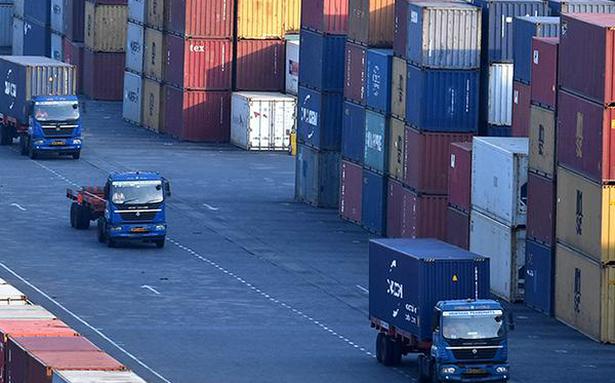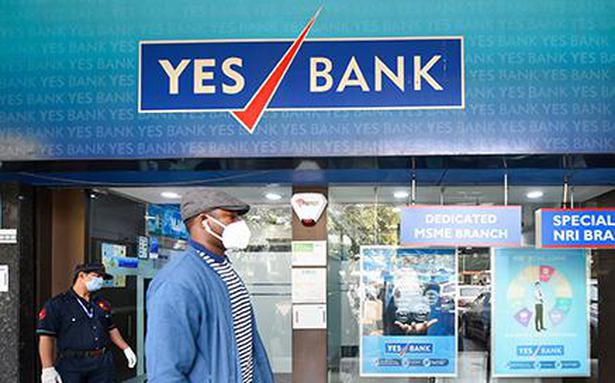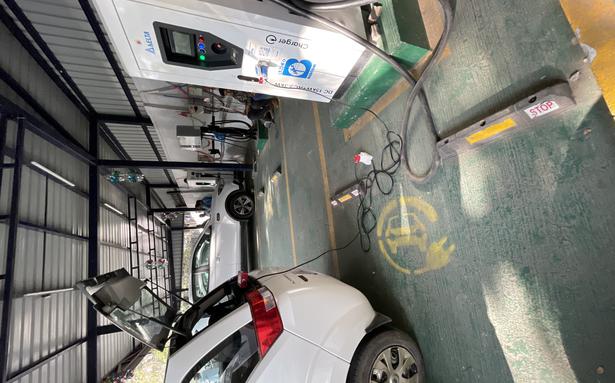“Russia paid rubles for dollar bonds that did not provide for such payments”
“Russia paid rubles for dollar bonds that did not provide for such payments”
Moody’s said Russia may default because it has tried to service its dollar-denominated debt in rubles, one of the worst consequences of Moscow’s exclusion from the Western financial system since President Vladimir Putin invaded Ukraine.
If Moscow is declared insolvent, it would be Russia’s first major default on foreign debt since the years following the 1917 Bolshevik revolution, although the Kremlin says the West is enforcing a default by imposing crippling sanctions.
Russia made a payment due April 4 on two government bonds — maturing in 2022 and 2042 — in rubles, not dollars, which it was required to pay under the terms of the securities.
Russia “can therefore be considered a default according to Moody’s definition if it does not pay by April 4.
“The bond agreements do not provide for repayment in any currency other than dollars.”
Moody’s said some Russian Eurobonds issued after 2018 allow payments in rubles under certain conditions, but those issued before 2018 – such as those due in 2022 and 2042 – do not.
“Moody’s believes that the investors did not receive the contractual foreign currency promise on the payment due date,” Moody’s said.
Russia’s Finance Ministry did not respond to a request for comment on Friday. Finance Minister Anton Siluanov told the Izvestia newspaper earlier this month that Russia will take legal action if forced into default.
Prior to Mr Putin’s February 24 order for what he calls a special military operation in Ukraine, Russia was classified as investment grade. But its government bonds have become a target in what the Kremlin calls a US-led economic war.
Russia defaulted on $40 billion in domestic debt in 1998 and devalued the ruble under President Boris Yeltsin because it was effectively bankrupt after the Asian debt crisis and falling oil prices shook confidence in its short-term ruble debt.
In 1918, Bolshevik revolutionaries under Vladimir Lenin rejected tsarist debt and shocked global debt markets because Russia had one of the largest external debts in the world at the time.
This time, Russia has the money but cannot pay for it because the reserves — the fourth largest in the world — that Mr Putin has built up for such a crisis are being frozen by the United States, the European Union, Britain and Canada.
default
With Russia currently unable and would not borrow, a default would be largely symbolic and marked the tumultuous finale of its post-Cold War attempt to integrate into the West’s financial architecture.
While Russia has just $40 billion in international debt outstanding in 15 dollar- or euro-denominated issues, its companies have accumulated far more foreign debt.
The US Treasury Department this month halted Russia’s ability to use foreign exchange reserves held by the Central Bank of Russia at US financial institutions to pay off its debt.
The Kremlin says the West has already met its commitments to Russia by freezing its reserves and wants a new system to replace the Bretton Woods financial architecture put in place by the Western powers in 1944.
Earlier this month, S&P downgraded Russia’s foreign currency ratings to “selective default” amid heightened risks that Moscow will be unable and unwilling to meet its obligations to foreign creditors.
Russia’s economy is heading for its worst contraction since the years after the fall of the Soviet Union in 1991, with rising inflation and capital flight.




